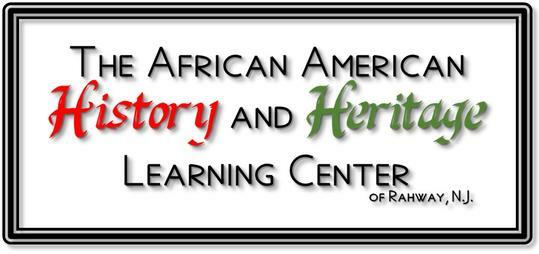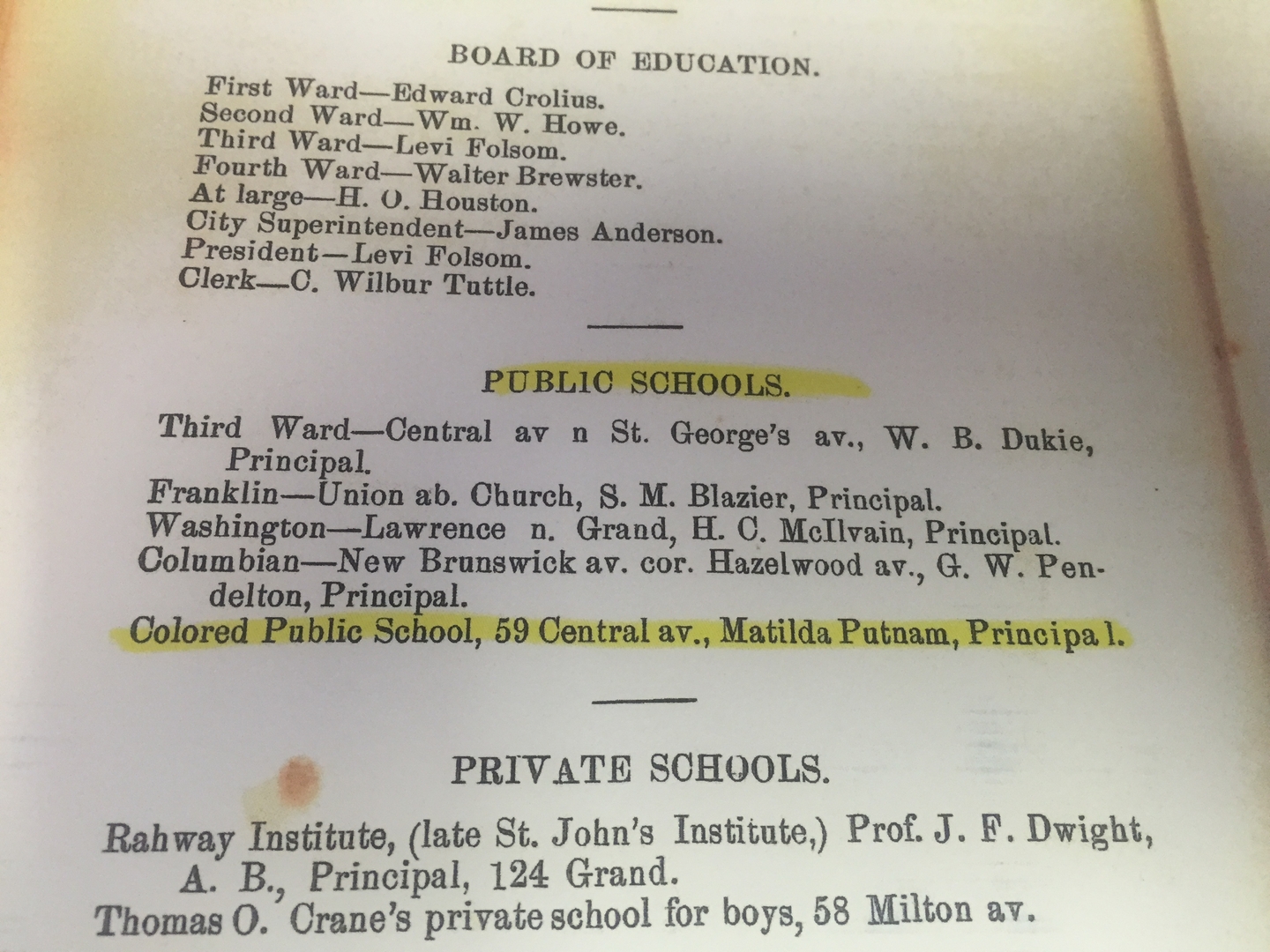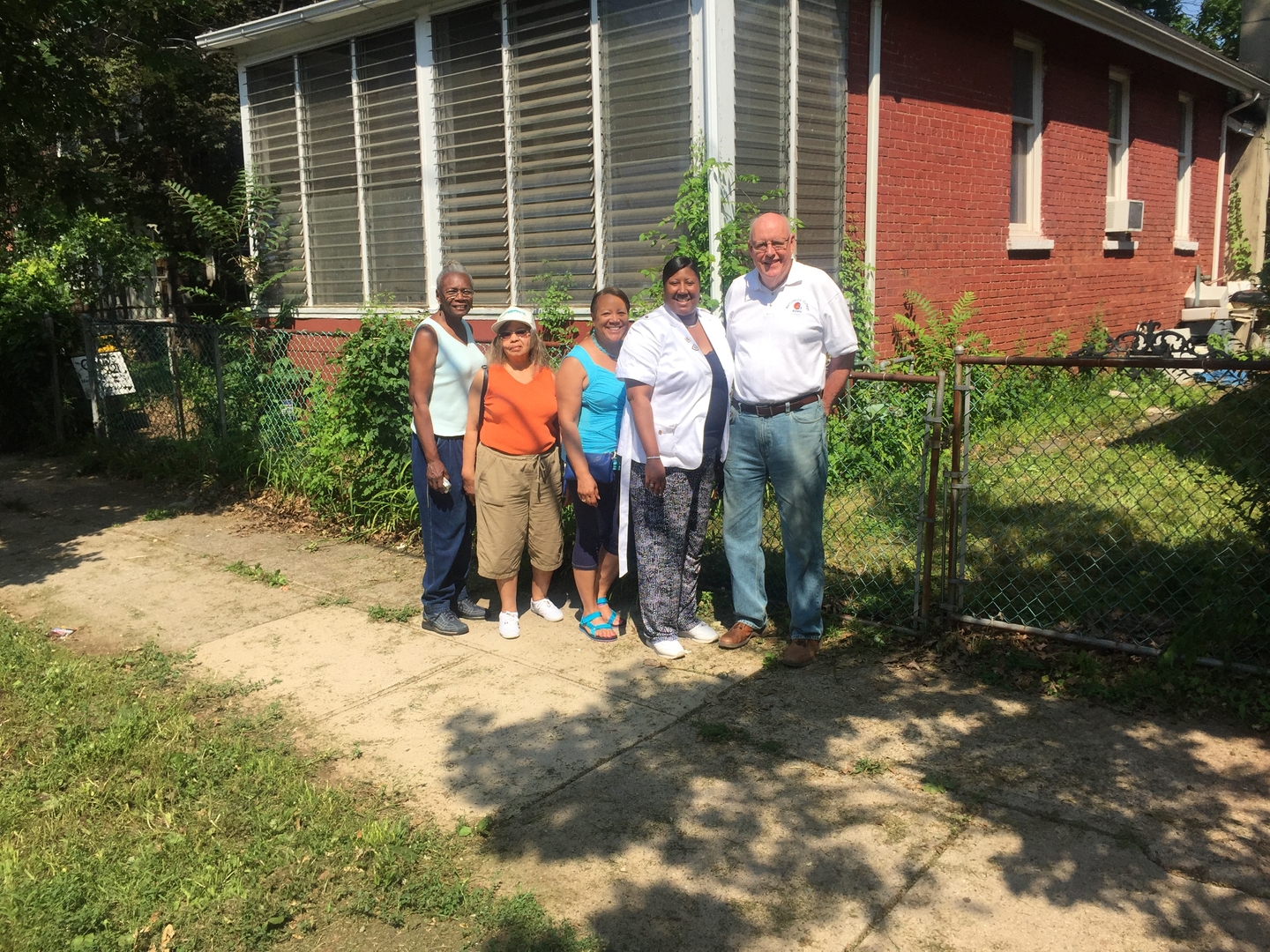 On Thursday July 2, 2015, under the pastoral leadership of Rev. Dr. Erika D. Crawford, African Methodist Episcopal Ebenezer Church of Rahway, New Jersey purchased the parcel of land known as 261 Central Avenue in Rahway, New Jersey. The acquisition of this property was of great historical and cultural significance to this congregation, the African American community and the African Methodist Episcopal Church because it was the location of the first Public School for “Colored Children” in the City of Rahway.
On Thursday July 2, 2015, under the pastoral leadership of Rev. Dr. Erika D. Crawford, African Methodist Episcopal Ebenezer Church of Rahway, New Jersey purchased the parcel of land known as 261 Central Avenue in Rahway, New Jersey. The acquisition of this property was of great historical and cultural significance to this congregation, the African American community and the African Methodist Episcopal Church because it was the location of the first Public School for “Colored Children” in the City of Rahway.
In 1792, a trust for the education of poor children was established with from the proceeds (approximately b 200 ) willed to the Quakers, from the estate of Isabel Hartshorne (Hartshorn?). Although Rahway was home to at least three Public Schools by the mid 1800’s, slavery had not truly ended in the State of New Jersey, and the nation was on the cusp of a Civil War. In spite of being “free,” children of color in Rahway were not welcome in the Public School system, thus, “freed” people of color found it extremely difficult to educate their children.
In 1844, the Construction of the one-room school house for colored children commenced on the property belonging to Jacob R. Shotwell (former Vice President of RSI Bank). In 1848, with hopes of giving the school some stability, Several Rahway Citizens met in the home of Jacob R. Shotwell to incorporate Trustees for the Rahway School for Colored Children. In 1849, the New Jersey State Senate introduced the “Act of Relief” Bill # 42, which was intended to provide state funding for the school.
In the meantime, The Rahway School for Colored Children was fiscally supported by the Friends (Quakers), who paid all of the school’s expenses including the salary of the teacher, Ms. Putman. On February 12, 1863, the State Senate finally moved Bill #42 for a third reading and on March 2, 1863 Bill #42 passed, guaranteeing State Public Education Funds to the school and placed the school under the control of the “Preparative Meeting Society of Friends”
Historical records indicate that the Friends (Quakers) were very supportive of persons of color and that the Free African Society in Philadelphia, from whence the AME Church evolved, was allowed to meet in the Quaker African School House when the meetings became too large to meet in Richard Allen’s home. Therefore, it is of no surprise that the first colored school was organized by the Friends (Quakers) and strategically located at 261 Central Avenue (then 59 Central Avenue) approximately 75 feet from the “colored church” – Ebenezer AME Church, albeit across town from the Quaker Meeting House.
According to historical records, Miss Martha (Matilda) Putnam (b. 1836 – ??) was the school Principal/Teacher. The school averaged an enrollment of approximately 35 pupils. By 1882, the Rahway school had integrated and the by the mid 1880’s the school was closed.
After the closing of the school in the late 1800’s, the building was turned into a one-bedroom home. In the 1930’s, an addition was added on to the one-room school house which included a kitchen and bathroom, followed by the addition of a front porch. In spite of its change in use, much of the structural and architectural integrity of the building has remained intact, making this 185 year old building the oldest standing schoolhouse in the City of Rahway.
After the school was closed, a Philanthropist who lived in the neighborhood, Mrs. Lucy H. Eddy (b? – March 1879), established the “Rahway School for Colored Children Trust Fund.” Following her death and after a court battle the books and other artifacts from the school were donated to the Rahway Library.
Ebenezer is excited about the opportunity to reclaim and preserve this great history and welcome persons and organization to share any additional information or history of the school. Together with the officers and members of Ebenezer, Pastor Crawford is prayerfully discerning the best way forward for this historic site, as they give serious consideration to restoring the school for use as a “Heritage House” for African American History in Rahway, NJ.
The Pastor, Officers and Members of Ebenezer would like to offer special thanks and appreciation to Bishop Gregory G.M. Ingram, Presiding Prelate, RSI Bank of Rahway for funding and Mr. F. Alexander Shipley, Rahway Historian.
Note: The Rahway Map of 1882 lists the names of surrounding businesses and churches in detail while referring to the school as simply “Colored School,” and Ebenezer AME Church as simply “Colored Church.”
[1] Some records say the school was started in 1865, however he building is present on the 1856 City of Rahway map, suggesting that it may have been established earlier. (Rediscovery of Rahway, F. Alexander Shipley; Robin J. Shipley; and Linda A Bragdon. 1976)
[2] Annals of the First African church in the United States of America, Now Styled the African Episcopal Church of St. Thomas, in Philadelphia (Philadelphia, 1862), The Library Company of Philadelphia.
[3] The school is not listed in the 1883-1884 Merchants Directory, so it must have closed due to the integration of schools or establishment of government funded public schools for students of color.
[4] Reports of cases decided in the Court of Chancery, the Prerogative Court, and, on appeal, in the Court of Errors and Appeals of the state of New Jersey.by New Jersey. Court of Chancery.; New Jersey. Prerogative Court.; New Jersey. Court of Errors and Appeals.
***This history is still being researched. Updates will take place as verified and needed.***



